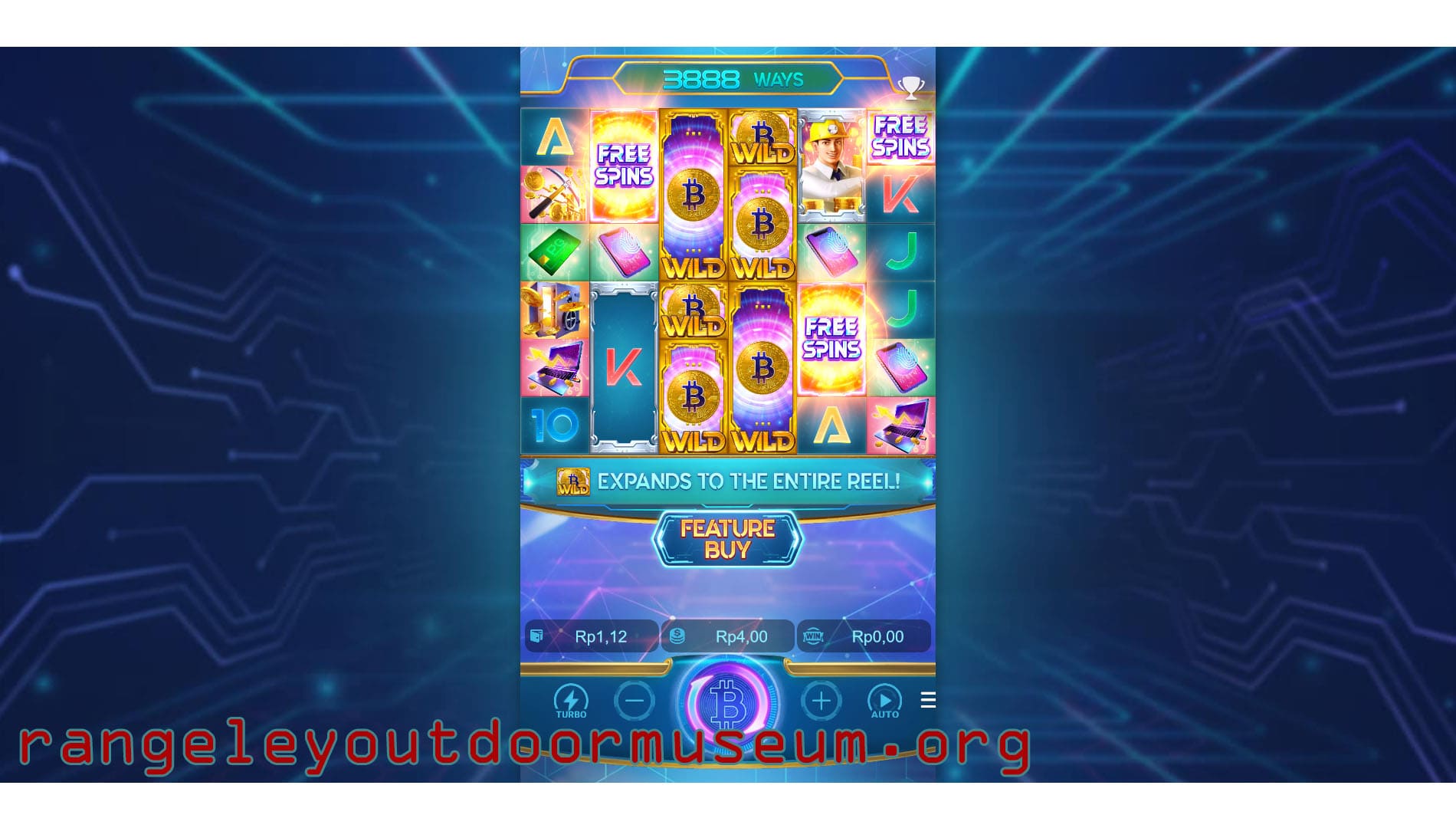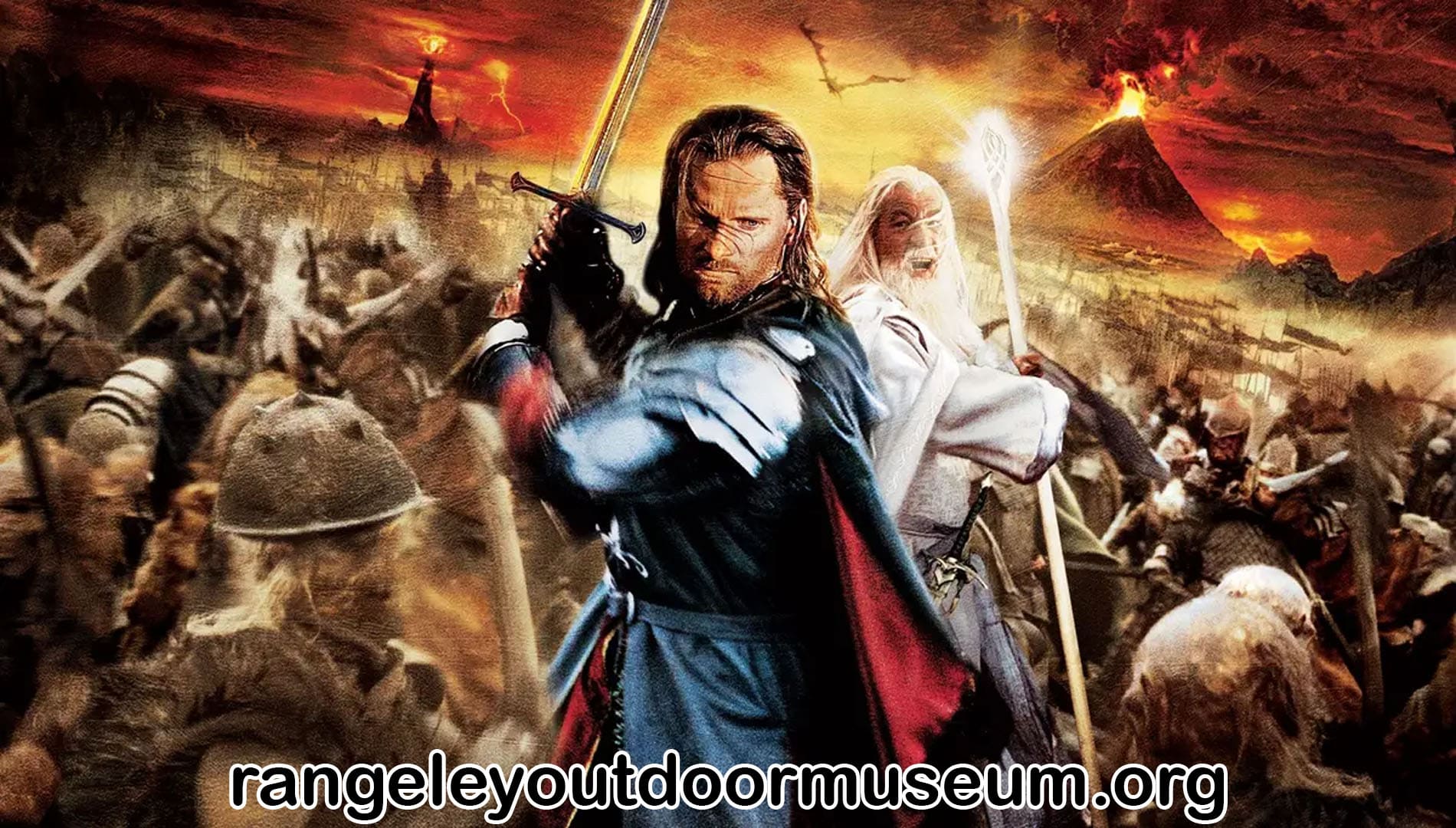Introduction to Firewatch Enigmatic Wilderness
In the realm of narrative-driven video games, “Firewatch” emanates as a poignant tale, enveloping players into an immersive experience where solitude and human connection intertwine against a vibrant, yet isolated, wilderness backdrop. Developed by Campo Santo and released in 2016, the game is an exploration of the complexity of human emotions and the intrinsic need for connection, even amid self-imposed isolation.
“Firewatch” unfolds in the Wyoming wilderness in 1989, introducing players to Henry, a man embroiled in personal turmoil, seeking escape from his strained reality. This first-person adventure game doesn’t lure players in with adrenaline-pumping action, but rather with the psychological depth and emotional resonance between its characters.
Henry: Escaping to and from Solitude
Players navigate the game through Henry, a middle-aged man who, after his wife Julia is diagnosed with early-onset dementia, seeks refuge in the secluded vastness of the Shoshone National Forest. His role as a fire lookout seems straightforward: to keep an eye on the lush wilderness and report any signs of smoke or fire.
Henry’s motivations to choose this path of solitude become evident through fragmented, yet deeply emotional flashbacks and dialogues, revealing the complexities behind the often-simplified notion of running away.
Delilah: An Invisible Anchor in Isolation
Although ensconced in isolation, Henry forms a complex relationship with his supervisor, Delilah, communicated solely through a walkie-talkie. Despite the physical absence, her voice becomes Henry’s link to human connection and often serves as an emotional and rational anchor in the overwhelming isolation.
The player navigates this relationship with choices that impact the dialogue and relationship dynamics. It’s a reflection of human connections at their most raw and vulnerable, unraveling that even in chosen isolation, the human yearn for connection perseveres.
Visual and Narrative Harmony Firewatch
But The visual representation of “Firewatch” is nothing short of a masterpiece, with lush environments, vibrant color palettes, and realistic depictions of the vast and enchanting wilderness. The visual allure not only provides an aesthetic appeal but also serves as a contrasting backdrop to Henry’s turbulent emotional state, enhancing the narrative depth.
Underlying Themes: Connection, Guilt, and Redemption
While “Firewatch” navigates the terrain of guilt, redemption, and the imperfections of human relationships with an authenticity that few AAA games capture. It portrays that despite the physical and emotional distance, the past is an inseparable shadow that follows, even in the most secluded escapes.
Henry’s journey is not just a physical vigil in the watchtower, but a psychological one where the haunting beauty of the wilderness becomes a catalyst for self-reflection and confrontation of past demons.
Mystery Amidst the Wilderness
The tranquil yet mysteriously eerie wilderness of “Firewatch” is also interspersed with elements of suspense and mystery. Strange occurrences, shadowy figures, and undisclosed secrets offer a subtle, yet gripping layer of thrill, keeping players engaged beyond the LINK DJARUM4D emotional narrative.
Conclusion Firewatch
“Firewatch,” with its narrative prowess and visual splendor, invites players into a contemplative exploration of human emotions, relationships, and the intrinsic complexities that accompany them. It is a virtual journey that lingers in the players’ psyche, eliciting reflections on vulnerability, connection, and the often convoluted pathways of human emotions.




